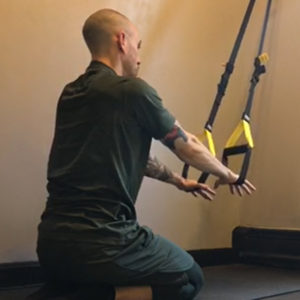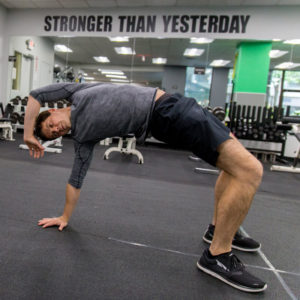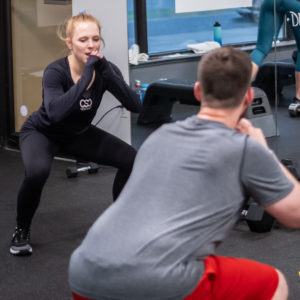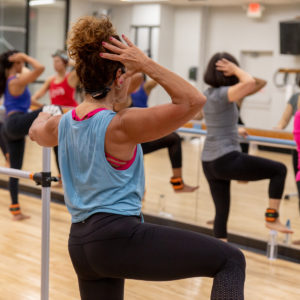Four Advantages to Ditching the Straight Bar
1) Better Core Stability, Less Lower Back, Hip & Knee Stress For starters, the safety bar sits a bit higher than a standard bar and the camber pushes you forward, forcing you to fight to stay upright. Therefore, you will be a bit more upright than a high-bar squat and a lot more upright than a low-bar squat. Generally speaking, the more upright your torso is, the less pressure is placed on your lower back. And with the safety bar, the pressure will be displaced more towards your glutes and quads without putting your lower back in a tough spot.











